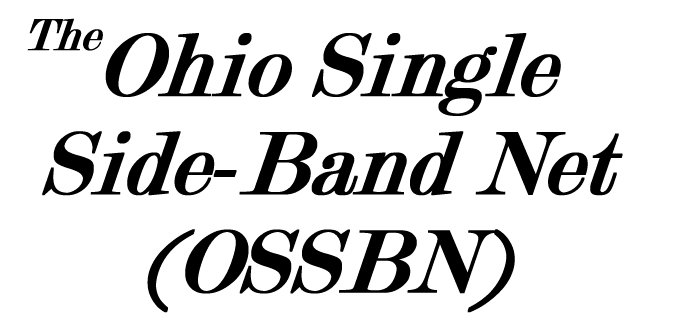|
|
|
|
|
|
|
|
|
 |
|
|
|
|
|
Simulated Emergency Test (S.E.T.) Information
|
|
What we do is try to get as many Ohio stations involved as possible. We encourage every net control station, whether they are net control on the weekend or not to take a shift during SET weekend. We encourage every member of OSSBN, whether they have traffic or a function or not, to check in at least once over the weekend. We try to keep the net in continuous operation as long as we can. Back in the day the net ran almost continuously for the entire SET weekend. Now, not so much. The best we do now is run about two hours at a time. We start with the 10:30 AM net. The regular Net Control will run it for ONE hour then pass the net to a different net control station. That station will try to keep the net going for another hour and pass net control to a different station. We keep it going as long as we have traffic to pass and we can pass traffic. When we get to a point where we can no longer pass the traffic we have listed or we have passed all our traffic, the Net Control station will close the net. The net will start up again at the next regularly scheduled net time. In this case 4:15. Any Net Control station can start the net earlier if stations with traffic appear on the Net frequency looking for the Net. Once this traffic is passed, the Net Control station does not need to keep the net open any particular time but is free to close the net again once the traffic is passed. The Net will reconvene at the next scheduled net time or if additional stations with traffic come looking for the net. We monitor the Net frequency as much as we can all weekend. We try to keep Net Control shifts to one hour so to keep fatigue down and to give as many Net Control operators the chance to participate as possible. This continues throughout the SET weekend. Net Control stations during regularly schedules net times send their usual net report to the usual statistician plus an expanded report to the Net Manager. Net Control stations at times that are not regularly scheduled net times send the expanded report to the Net Manager. The expanded report will include: Total number of messages handled Total number of Test Emergency messages handled Total number of Test Priority messages handled Total number of Test Welfare messages handled Total number of Routine messages handled Total number of stations checking in Total number of stations on emergency power Total number of stations licensed in the last five years Total number of stations performing liaison status with other traffic nets Total number of minutes in session After the SET weekend, the Net Manager makes the annual SET Report, sends a copy to ARRL Headquarters, sends a copy to the Section Traffic Manager and keeps a copy for the files.
Hope this helps. Contact me with questions. 73, Mike Hayward KC8WH
|
|
|